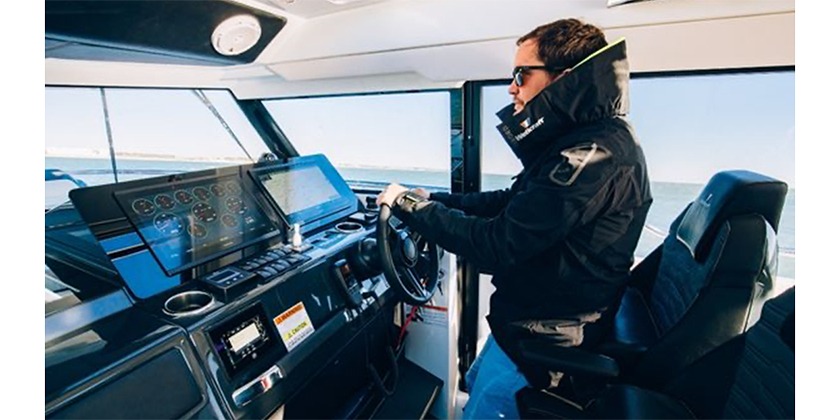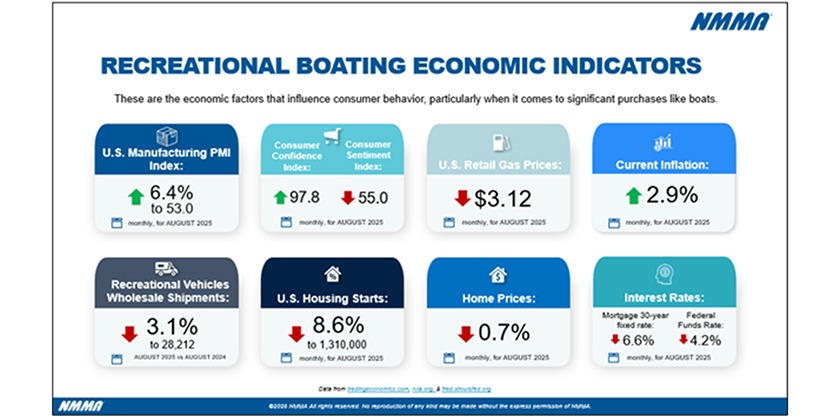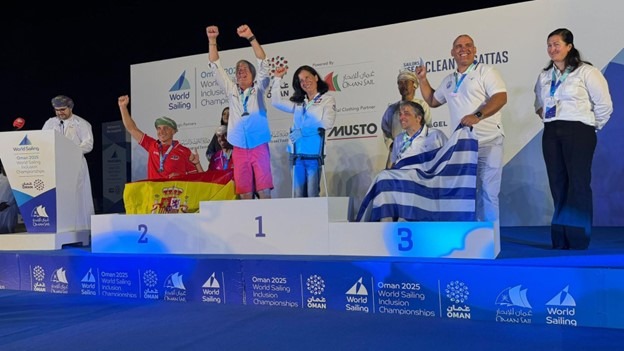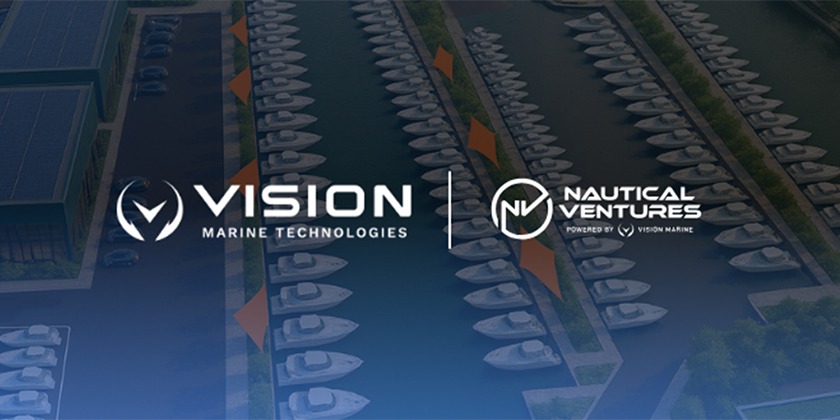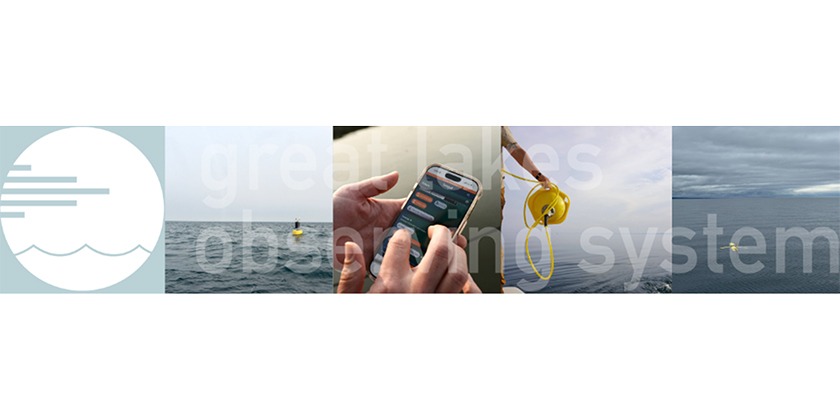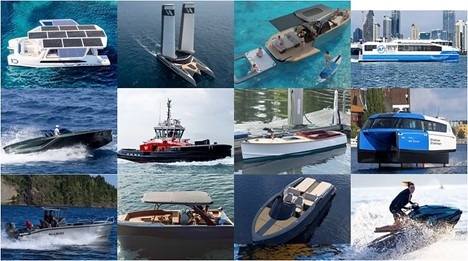Advanced use of Hull Bulbs to reduce resistance
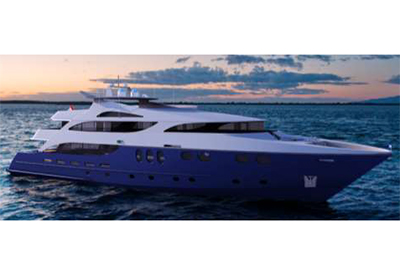
May 30, 2022
Bray Yacht Design And Research Ltd., in British Columbia has shared research on the advanced use of Hull Bulbs to reduce resistance and increase efficiency. By adding a hull bulb to a large yacht, they learned that the un-appendaged version has 23% – 26% more resistance over a range of 12 – 20 knots.
This research project is the third in a series over the past 10 years, using a 45m base hull form to evaluate resistance reduction solutions. The first program involved an in-water scale model at the ITU Ata Nutku Ship Model Testing Laboratory in Istanbul, Turkey. The second research project focused on computational fluid dynamics with Mavi Innovations. This third and most recent project involves a far more extensive CFD series, utilizing the National Research
Council of Canada’s Ocean, Coastal and River Engineering Research Centre’s expertise in numerical modelling. The project also received support in the form of advisory services and research and development funding from the NRC Industrial Research Assistance Program (NRC IRAP).
The resistance reduction is achieved by constructive/destructive wave interference. The appendages modify the overall wave train through their own small wave and pressure patterns and it is this interaction which reduces the overall wave train resulting in a reduction to the overall resistance.
In new construction the reduction in powering and fuel consumption would then allow for further reduction in vessel weight which would be achieved by reducing the main body of the hull resulting in a spiral of benefits. All of these factors impact the resistance, and thereby the powering, making the resistance advantages even greater than it first appears. In this example, the un-appendaged (bare hull) version has 745,253 lbs. of hull volume vs the final appendaged version’s 802,756 lbs., which is an 8% increase in displacement. At the same time this heavier, more efficient final version has up to 116% greater range for the same fuel tankage (10,000 USG).
Therefore, the final appendaged version requires only 9,250 USG of fuel, a saving of 5,400 lbs., and requires smaller engines, saving another 2,000 lbs. per installed motor (2). A total weight saving for these items alone is 9,400 lbs. This does not take into account any reduction in hull plating or interior cabinetry, but all of it does impact the overall powering and fuel consumption. Therefore, a fully appendaged version with equivalent performance, taking into account these additional reductions, would inevitably result in an overall lighter vessel. Again, this gives an ever-improving spiral of benefits.
For further information contact Bray Yacht Design And Research Ltd., www.brayyachtdesign.bc.ca


